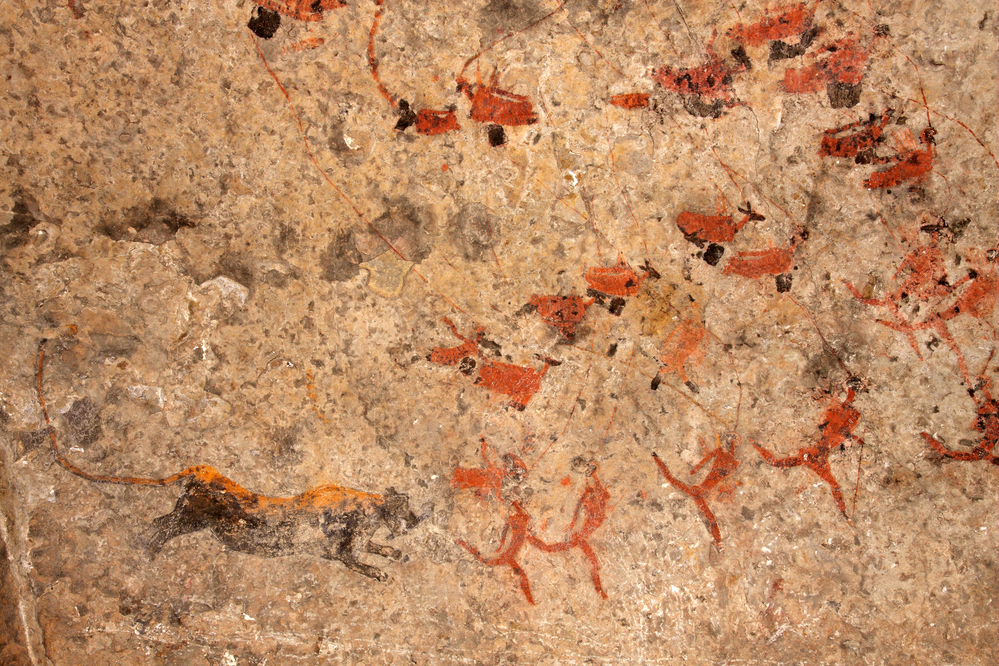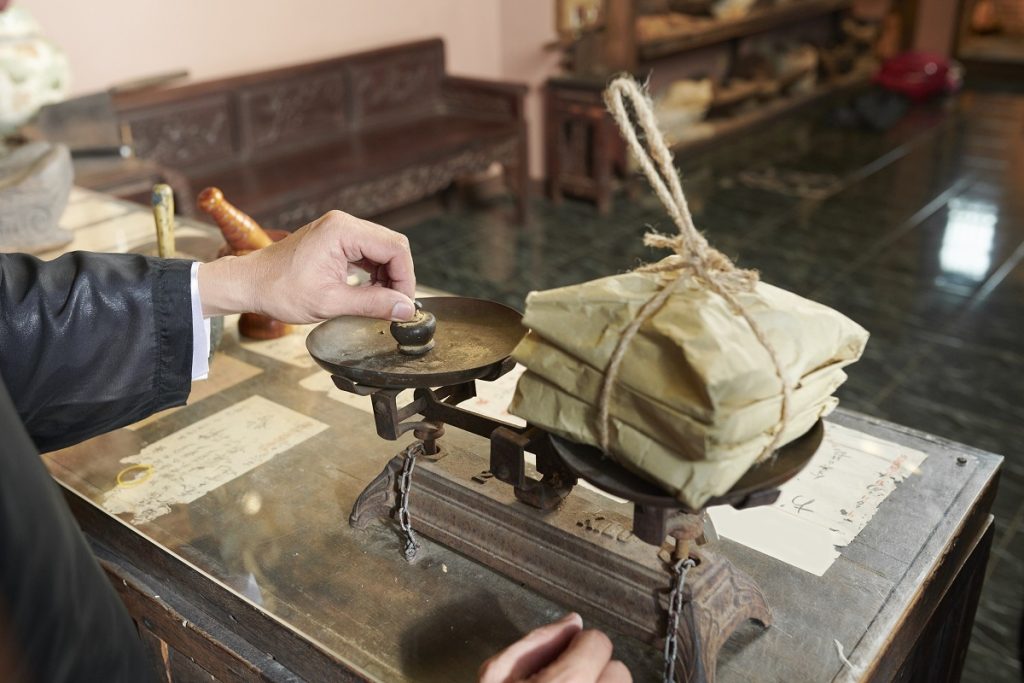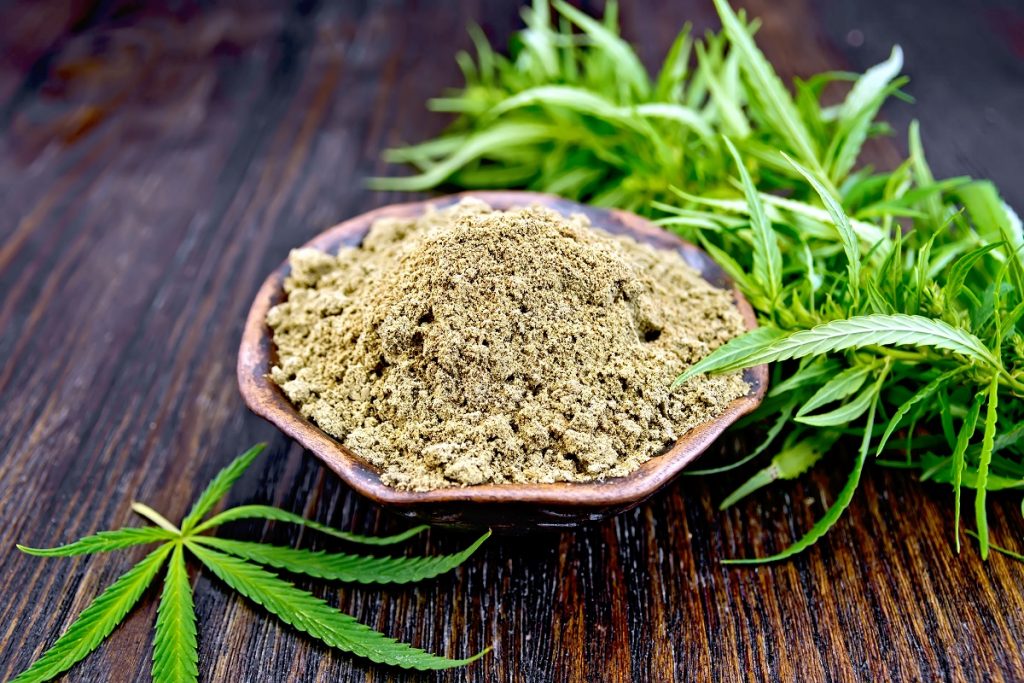
Never in human history has one plant been as socially polarizing as cannabis. Is it a miraculous and natural cure that holds the key to healing pain and symptoms like muscular tremors and mood difficulties like anxiety, trauma, and depression? Or is it without merit for medicinal purposes, and merely a recreational vice or placebo for things that modern medicine cannot effectively address?
Cannabis has a fascinating history of advocacy as a “healing herb” that goes back over 5,000 years as a natural form of medicine. It has been supported and endorsed by world-renowned medical researchers and healers throughout the centuries.
The evolution of cannabis and social opinion about marijuana has been strongly impacted and complicated by social, economic, and political influences. While the legalization of medical and recreational (adult-use) cannabis is still hotly debated in the United States, it is essential to understand where some of these views originate.
Pedanius Dioscorides was a botanist and physician from Greece and the author of a five-volume pharmacopeia called “De Materia Medica.” From 50 AD to 70 ADS, he studied the medicinal value of over 600 plants, and one of them was “Kannabis.” One of the exciting notations in the pharmacopeia was a reference to using cannabis seeds to reduce sexual desire. It must have been a severe problem in Rome at the time.
Another Greek doctor and author of medical research volumes were Galen, who coined the phrase “The Best Physician Is Also A Philosopher.” Galen was one of the first early medical researchers in Rome that talked at length about mental wellbeing and overall physical health. Galen wrote about using cannabis for burns to tumors and inflammation.

In Roman culture, Flora was the “Goddess of Flowers.” But not just any kind of flowers. The spring festival of Flora occurred on April 27th to May 3rd and was celebrated with colorful clothes, wreaths of flowers, feasts, and baked edibles. Cannabis was often added to desserts for special occasions to “get the party going”.
Toke like an Egyptian? The ancient Egyptians first mentioned cannabis around 2350 BC and called it “shemshemet.” Cannabis was frequently used in medical practices by physicians and was sold to the public in pharmacies. Marijuana was sold for a variety of remedies including pain relief, eye medications, antiseptics, analgesics for surgery, bladder, and gastrointestinal problems.
It was also culturally embraced as an herb that could cure women with mood disorders. Evidence of the cannabis leaf is frequently found in stone hieroglyphics, usually floating “high” about the head of a statesman or person of importance. It was revered (not feared), and only the upper class could afford it.
Between the 14th and 17th centuries, women who were holistic practitioners and herbalists were persecuted as witches for creating natural medicines. Historians estimate that as many as 300,000 women were accused of witchcraft and executed. Cannabis was one of the most popular additives to various pharmacological remedies prepared by “witches.” This further associated cannabis with “the dark arts” societally, while completely ignoring the wellness benefits of the herb.
In the 18th century, a priest and scientist named Jose Antonio Alzate y Ramirez became a vocal public supporter and educator for the medical use of cannabis. A newspaper article in 1772 referred to a strain of cannabis called “Pipitzintzintlis,” which Ramirez had grown himself. He wrote about the use of cannabis for the treatment of:
During the Spanish Inquisition, cannabis was labeled a hallucinogen that weakened an individual’s defenses, making them spiritually vulnerable to demonic possession. The use of any kind of recreational drug was likened to the influence of evil. This connection may point to one of the more funny names for marijuana; “The Devil’s Lettuce.”
Ramirez (who was also a member of the Royal Botanical Gardens in Madrid and a corresponding member of the French Academy of Sciences) continued to publish scientific articles and opinion papers for five newspapers to educate about the medical benefits of cannabis. But the demonization and prohibition of marijuana had already begun, and his research and message were diluted by religious opposition and political propaganda.
“I think I have demonstrated the benefits of using Pipilzitzintlis and, in the words of the theologians, it is bad because it is forbidden, not forbidden because it is bad’.”
—Jose Antonio Alzate y Ramirez
The same obstacles that existed then still exist today when we ask why there are not more scientific research and human health studies done to legitimize medical cannabis. Because of the complex political history and status of marijuana as a social pariah with a bad (and unearned) reputation, funds are not often provided for research.
Mainstream politics does not want to see cannabis federally legalized because … We’re not sure why—patients who use medical cannabis experience measurable benefits for certain types of conditions. During the 2020 Covid-19 pandemic, marijuana had a moment of legitimacy, as it was designated an “essential service” in states where cannabis is legalized for medical and/or recreational use.
It’s a catch 22. The social opinion over cannabis and prohibition in the United States at the Federal level has stifled medical research. We are told that there is not enough evidence-based information for the Federal government to determine that it is safe and reschedule cannabis from Schedule 1 to Schedule IV, as recommended by Johns Hopkins and the World Health Organization. The prohibition of marijuana makes research funds almost non-existent to conduct human trials and long-term health studies.
Legalizing medical marijuana at the state level is breaking through that “spin cycle,” however, adding more qualified health conditions and symptoms where cannabis has provided relief and results for patients.
Can you imagine being told that you have a civic responsibility to grow hemp? Hemp and marijuana are derived from the same source, the cannabis plant. However, hemp strains are different at the molecular level. Hemp is more fibrous, and it does not contain the same level of psychoactive substances. What was even more valuable than hemp fibers was the seed oil extracted to make industrial lubricants, paints, soaps and detergents, ink, and some types of plastics.

Today hemp products are legal only if they contain less than 0.3% THC. Otherwise, they can be classified as cannabis and a restricted drug. It is impossible to tell the difference between raw hemp and marijuana, and law enforcement has to test it to determine whether it is legal hemp or federally illegal marijuana.
Hemp is one of the oldest established commercial products, with evidence of hemp fibers being used in pottery over 10,000 years ago and ancient hemp clothing dating back to 8,000 B.C. After the attack on Pearl Harbor on December 7th, 1941, America’s involvement in World War II cut off the supply of “manila hemp” from the Philippines.
The states of Missouri, Illinois, and Kentucky were the first to begin domestic production of hemp for commercial use. During the Civil War, Kentucky was the epicenter for hemp production in America. Hemp was used to make paper, cloth bags, ropes, and ship sails. Both President George Washington and President Thomas Jefferson were agricultural producers of hemp.
When the manila hemp supply was cut off during World War II, President Truman started a campaign to encourage ranchers to farm hemp. During the second world war, the production of hemp proliferated. The United States Department of Agriculture (USDA) created an educational film called “Hemp for Victory” that asked farmers to support the troops and the war effort by growing industrial hemp.
Consider that even hemp has been the victim of a massive smear campaign in America, where it went from valuable crop to a controlled substance. Were teens on family farms trying to light up a hemp rope and get stupid? You would have to smoke many hemp pounds to get the euphoric effect that you experience from marijuana.
Today because of the past prohibition of hemp, companies that produce hemp products (clothing, cosmetics and sundries, supplements, and household goods) always face problems sourcing hemp and transporting it for fear of legal reprisal even within states that have legalized hemp production.
The family car was one of the things that started to change the reputation of marijuana from a harmless smokable plant to something that could potentially lead the youth of America astray from the traditional conservative values of the 1950s. For the first time in history, teenagers had access to transportation that would give them independence.
With that significant cultural shift came an even bigger paranoia. Parents began to worry about what their teens were doing when they were out of sight. Teens now had a freedom that their parents never had, and that made a lot of people uncomfortable because with that new autonomy was the potential to “get into trouble” and “hang out with the wrong crowd.”
It was a different time in America and a very innocent one in many ways. Family dinners happened at the same time every night, cooked by Mom, while Dad read the paper. The technological advances in the 1950s were astounding. At the price of a new paranoia about American youth and their potential to become corrupted or tempted by drugs, they revolutionized culture with terrible consequences.
The parent paranoia dial was turned way up, at the same time as trusted social organizations began to capitalize on the fears that parents had for their teens. One example is Encyclopedia Britannica, which published a “mental hygiene” small film that warned against the dangers of smoking pot. The script followed propaganda like lessons and a warning to parents to steer their children away from pot.
While all seemed calm and culturally stable during 1950s America, radical social changes were happening beneath the service. Bucking the conservatism, the Beatnik counterculture rejected what they felt was a stifling social structure and embraced a more individualistic and bohemian lifestyle. And part of that lifestyle included using recreational cannabis.
Photo: Beatniks by Jack Kerouac (NY: Beelzebub Books, 1959)
The federal government regulated marijuana in 1937, passing the Marijuana Tax Act. Previous to that legislation, the Harrison Narcotic Act of 1914 was already on the books, and it outlined how American lawmakers would regulate drugs. Instead of prohibiting them. The Marijuana Tax Act identified controlled substances and began with a list that included highly addictive drugs such as morphine and heroin. Twenty-nine states had outlawed cannabis by 1931 before the Marijuana Tax Act passed.
By 1952 the Boggs Act was passed. The set of laws vilified cannabis and provided the first clear regulatory outline of criminal sentences for individuals charged with controlled drug possession. And that’s when marijuana got thrown in with drugs that were understood to be highly addictive and possibly life-threatening.
When the Controlled Substances Act (CSA) of 1970 was passed, cannabis (which had been used marginally for medical therapeutics) was outlawed. Both recreational and medical marijuana was now regulated by the federal government and criminalized. States were not given the opportunity to ‘opt-out’ if they disagreed with the classification of marijuana as a restricted substance.
Cannabis became politicized at a sociocultural level. Marijuana became the focus of a strategic smear campaign. If regulators could get parents to consider marijuana as an ‘evil influence with tragic consequences’ for their teens, then they would get the support they needed across the country to make marijuana prohibition stick.
When you think about the movement of marijuana legalization in the United States, it is interesting to consider that cannabis became weaponized with propaganda aimed at achieving national compliance.
What happened next was a barrage of public health education videos with dire stories about teens who used marijuana and met with a tragic end, like a “wild party” where low inhibitions could result in risqué and socially unacceptable behaviors. Learn more about the first head of what is now known as the DEA, and how a power struggle pulled marijuana into a race war.
Read: “Cannabis Legal Reform Can Positively Impact Black Americans” learn more about the DEA’s earliest days and the weaponizing of social opinion about cannabis in the United States.
Today we see the re-emergence of cannabis education and the merit of medical marijuana as a natural alternative to some pharmaceutical pain relief medications that have dangerous side effects when used long-term for symptom management.
The prohibition of medical marijuana for decades has contributed to the opioid epidemic that America is currently facing. The United States is looking to resolve the growing number of overdose fatalities from opioids. The medical community acknowledges that opioids may do more harm than good for patients. We are now experiencing an essential shift in mainstream acceptance and decriminalization of marijuana on the social and political levels.
The health benefits of cannabis have been debated (and defended) by medical practitioners for centuries. And we may finally be entering a golden era where cannabis is embraced as “the healing herb” that can change the lives of patients, rather than a criminal vice.
No Information on MarijuanaDoctors.Com should be used to diagnose, treat, prevent or cure any disease or condition. You can view our Full Disclaimer here.